Here's the one thing we loved about each major manufacturer in 2015
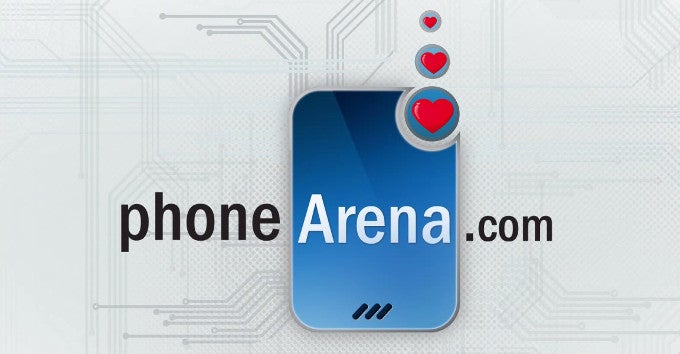
Without further ado, let's get this started alphabetically.
Apple
Live Photos
We'll be the first to admit that when it came to Apple, we had a hard time picking just one new feature that we truly loved. Obviously, 3D Touch is an intriguing new concept, but it'll be a while before we know for sure if it's truly meaningful to us, and the display flash for selfies just doesn't come in handy that often. But Live Photos? Against reason, we happen to really like this new feature.

A Live Photo of a reenactment of the 1444 Crusade against the Ottoman Empire. Sequence shortened.
If you have one of the new iPhones, we suggest you keep this one on for at least a month or until you've got over 100 photos taken. If you still haven't snapped a hilarious Live Photo by then, your life is boring then feel free to turn it off.
BlackBerry
For letting go
We're sure we're bound to get some flak for this one, but with BlackBerry we have no one particular feature that made us fall in love. Instead, we thought that the company's courage to finally try something extreme — like adopting Android with the PRIV — deserves a nod of approval.
Now, we're well aware that for many BlackBerry faithfuls, BB OS is where it's at, and we should heap more praise on it. But the real world isn't fair, and in the real world BB OS is unlikely to ever reach the heights of its past. For better or worse, we now live in a two-platform world, so finally just pulling the trigger and trying with Android is something we welcomed from BlackBerry. And you know what? For a first try, it wasn't half bad. Not at all, actually. Let's just hope that the Canadian maker will keep it together long enough to iron out the imperfections of the PRIV and truly shake the market next year.
Nexus 6P's camera
Google's Nexus line of evangelist devices is still going strong some six years later, and this year was particularly productive with two new Nexi (Nexuses?). And though the Nexus 5X is a very decent all-rounder, we ended up liking the much larger, 5.7-inch Nexus 6P even more. And in particular? Its amazing camera!
In fact, in case you haven't checked it out yet, you should take a look through our very in-depth camera comparison featuring the Nexus 6P, where it landed on the top. Granted, it shares the first spot with other heavy-hitters, but if you've been keeping tabs on the Nexus line, you'll know that the camera has consistently been the weakest link in Google's value proposition. Not so this time around, and without even optical stabilization to speak of!
HTC
Sense 7
Like BlackBerry, Taiwanese HTC also had a pretty rough year, with its stock nosediving brutally. In many ways, it's been a very confusing year for HTC, what with a score of high-end, One M9-like devices being released as part of an ever more ambiguous product line. One'd think that everything would go to hell in such a challenging situation, but HTC proved remarkably level-headed when it came to the Sense software it traditionally packs into its Android devices.
Obviously, preferences in this area are heavily influenced by everybody's taste and needs, but we generally tend to put HTC's Sense 7 skin at the top of the food chain because it doesn't throw a heap of cheap tricks at the wall, hoping that at least some of them will stick, which is more than we can say of others. As importantly, Sense continues to strike us as the grown-up in the room, with a stylish, coherent UI design that doesn't scream "I'm a nerd!". That's quite the achievement in itself.
LG
Bringing sexy back
LG has been remarkably resistant to change as far as the used materials with even its highest of high-ends. Thankfully, 2015 finally marked a switch in strategy: First, with the G4 and its stylish (if unpractical) vegetable-tanned leather back, and just recently with the V10 and its stainless steel "Dura Guard" frame. Yes, LG isn't quite there yet in relation to other major manufacturers, but we sure hope that 2015 will prove a turning point when looking back some years from now.
Fully metal? Metal-on-glass sandwich? Or something completely new? What's your money on for LG's G5?
Microsoft
Display Dock
Microsoft was pretty quiet for the most of 2015, probably being busy writing off the Nokia investment and preparing for Windows 10. Up until the Lumia 950 and Lumia 950 XL were announced at the beginning of October, it had been a year and a half since we last saw an update to the flagship Windows Phone line.
As we now know, our patience paid off. Or so we're hoping — we haven't actually had the opportunity to review the two new high-ends, though that time is near. For whatever it's worth, we're currently most interested in checking out the Display Dock hub that will supposedly get us one step closer to complete convergence. With it, you can hook up your Lumia 950 or 950 XL to a computer monitor and run Windows 10 at 1080p and 60FPS. That's pretty impressive, especially considering that your 950/950 XL will continue working normally.

Motorola
ShatterShield
Motorola often strikes us as one of the more sensible, and quite practical, makers competing on the market right now. From near stock-like Android overlays that are quick to be brought up to speed, down to the large (if not always as efficient) cells it packs into its phones, the now Lenovo-owned subsidiary likes to remind us that it's looking to solve the really tough problems.
And just two and a half weeks ago, it solved a pretty big one: shattered screens. That's right, thanks to its multi-layered Moto ShatterShield display stack, the display is guaranteed not to crack even if you drop it face on. In fact, Motorola is so sure of its solution that it offers a four-year guarantee on the screen. That's reassuring enough for us, and a good reason to really like Moto right now.
Samsung
Bold new design
While we commend LG for its efforts to deliver high-ends with a premium spin to them, at the same time Samsung wasn't at all playing and delivered a thoroughly redesigned flagship vision. Both the Galaxy S6 and S6 edge, and their derivatives — the Note 5 and S6 edge+ — are a fundamental departure from the design language of old. Instead of plastic (or metal on the sides at best) we now have very stylish-looking, glass-on-metal Samsung high-ends, all of which we like much better than their predecessors.
Of course, on the road to more compelling design, Samsung did make certain concessions, the most noteworthy being the removal of the microSD card slot and the barring of users from accessing the battery.
Sony
Hybrid Autofocus
While the 23-megapixel rear camera on the Xperia Z5 didn't exactly impress us, we can't deny Sony's achievement with its lightning-fast Hybrid Autofocus system.
To be fair, Sony boasted that it can focus in as little as 0.03 seconds (which really means instantly), while Strategy Anayltics — the company Sony regularly hires to verify its claims — noted a 0.2 second average for the Xperia Z5, but we still can't complain. In our time with the flagship, its focus times really were incredibly low. And we love it for that. Now, if only Sony would move away from its current camera software and start over...

Follow us on Google News
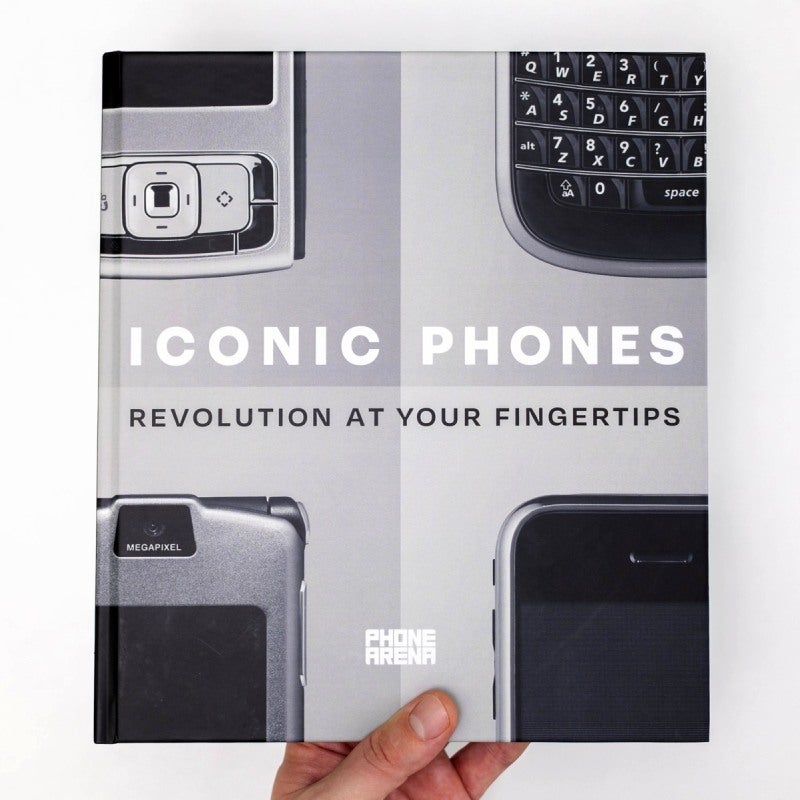

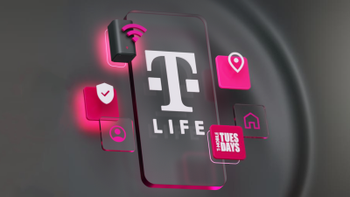
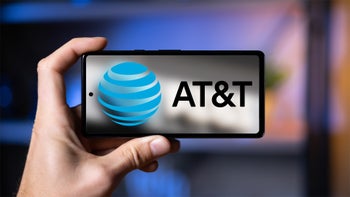
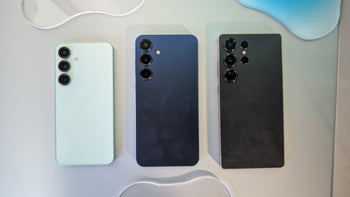
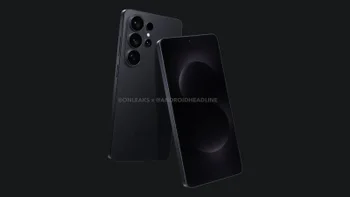
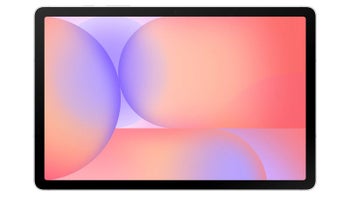

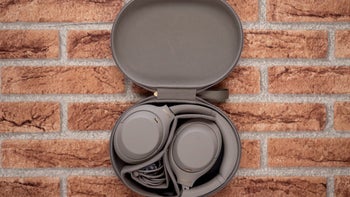
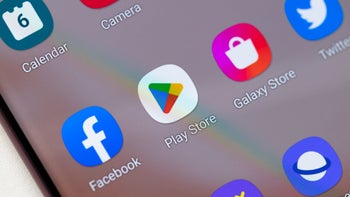
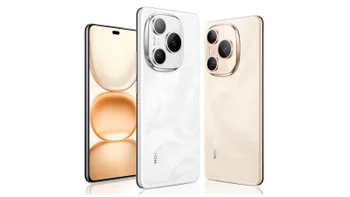


Things that are NOT allowed:
To help keep our community safe and free from spam, we apply temporary limits to newly created accounts: